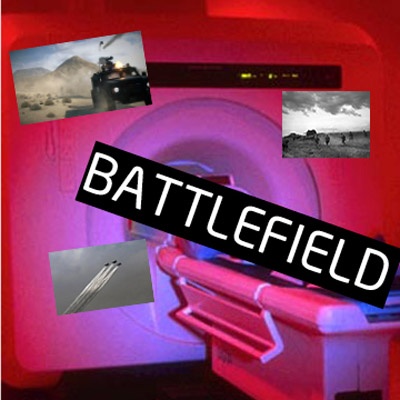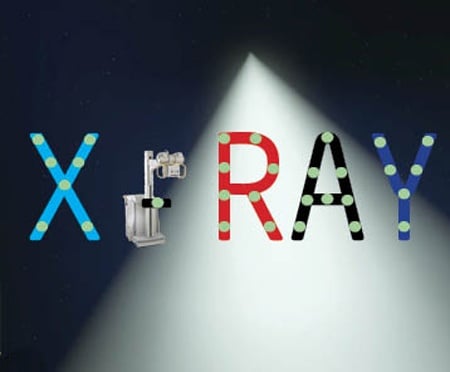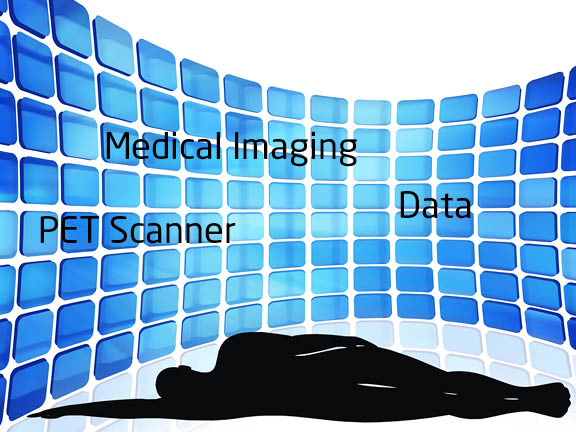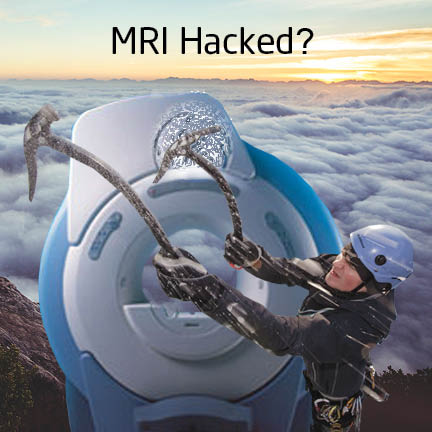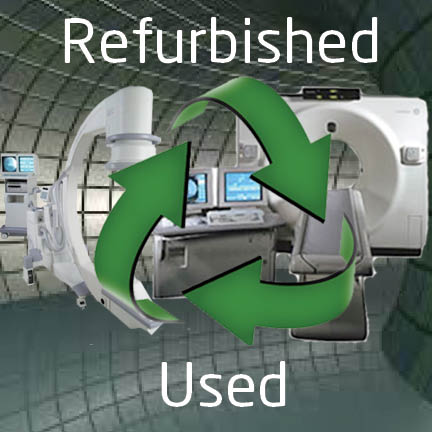In hospitals and clinics around the world Magnetic Resonance Imaging (MRI) is relied on to provide an unmatched level of image quality. The MRI is used to view and diagnose complex injuries and diseases within the human body and plays a vital role in treatment of patients the world over. Its importance to the future of medicine is paramount, and while its usefulness is without question, the MRI scanner does have its drawbacks.
Read MoreSensible Solutions for Refurbished Radiology
Vikki Harmonay
Recent Posts
The Challenges of Creating a Mobile or “Battlefield” MRI
Posted by Vikki Harmonay on Tue, Feb 2, 2016 @ 12:02 PM
Topics: Medical Imaging News, MRI, More Than Just Imaging Solutions
If you’ve ever had an MRI Coil failure, you know it’s your basic nightmare. After all, unless you’ve got a spare around, it usually results in canceled procedures, patient rescheduling, potentially delayed diagnosis, increased work for your staff and a lot of grumbling! And the revenues lost? When you factor in lost revenues and the cost of replacing and repairing a failed MRI coil, it can add up to $3,200+ every day it’s out of commission!
Read MoreTopics: Used Medical Imaging Equipment, Imaging Equipment Solutions, MRI, Medical Imaging Equipment
What Toshiba’s Scandal Means To Medical Imaging Community
Posted by Vikki Harmonay on Tue, Jan 12, 2016 @ 13:01 PM
It’s been all over the news: Toshiba has admitted it overstated profit by more than ¥150 billion in the past seven years and is now looking for buyers in order to stem its downward spiral. While wanting to keep its mainstay memory-chip and nuclear power businesses, Toshiba plans to dump its medical imaging division and lay off nearly 7,000 workers.
Read MoreTopics: Medical Imaging News, CT Scanner, MRI, X-Ray
When you think of medical imaging equipment you think of X-ray, CT Scanners and MRI equipment not Microsoft Xbox or Sony PlayStation. That may soon change however because some of the technologies most associated with video games are turning out to be surprisingly useful in the world of medical imaging.
Read MoreTopics: Imaging Equipment Solutions
Most Interesting Medical Imaging Articles this Year
Posted by Vikki Harmonay on Tue, Dec 29, 2015 @ 12:12 PM
Sometimes it’s hard to keep up with all the new technology, issues and changes in medical imaging. At Atlantis Worldwide, we thought we’d make it a little easier for you. We gathered up our most interesting articles about medical imaging during the past year. They were shared on news and medical sites, on LinkedIn and even Facebook. We got lots of positive and interesting feedback and comments from trusted friends and professionals.
Read MoreTopics: Imaging Equipment Solutions, More Than Just Imaging Solutions
Do you need help in planning for a Mammography System or perhaps need to replace one? Do you know what kind of mammo is best? We have complied a list of the most popular posts on Mammography that can assist you. You can choose the best articles to help you compare and decide what works best for you.
Read MoreTopics: Buying Imaging Equipment, Mammography, Imaging Equipment Solutions
Since the advent of modern medicine doctors, researchers, engineers and technicians have worked diligently to create better, less intrusive ways to diagnose and heal people. As technology continues to advance exponentially, our ability to refine and redesign the
equipment we use in hospitals and clinics around the world grows.
Topics: Medical Imaging News, More Than Just Imaging Solutions, PET/CT
It seems like every time we turn on the news, we hear about another company that’s had its information hacked. So just how secure is the information about your patients? And how easy is it to hack into a medical system like an MRI?
Read MoreTopics: MRI, Medical Imaging Equipment
The Difference Between Refurbished & Used Medical Imaging Equipment
Posted by Vikki Harmonay on Tue, Nov 24, 2015 @ 11:11 AM
We’ve become a craigslist and eBay society, with more and more people choosing to buy something slightly used, instead of new.
And it makes sense. You get something of value that someone else doesn’t want while also saving money. Read MoreTopics: Used Medical Imaging Equipment, Refurbished medical imaging equipment
CMS announced the rules: It’s coming! No delay for XR-29
Posted by Vikki Harmonay on Tue, Nov 17, 2015 @ 10:11 AM
Posted by Eyal Aharon of Medic Vision on Nov 9, 2015. Atlantis Worldwide would like to share this post with you!
Ready or not, it’s coming. Centers for Medicare and Medicaid Services (CMS) CMS pre-published the 2016 rules for Hospital Outpatient Payments and Physician Fee Schedule.
Read MoreTopics: More Than Just Imaging Solutions

